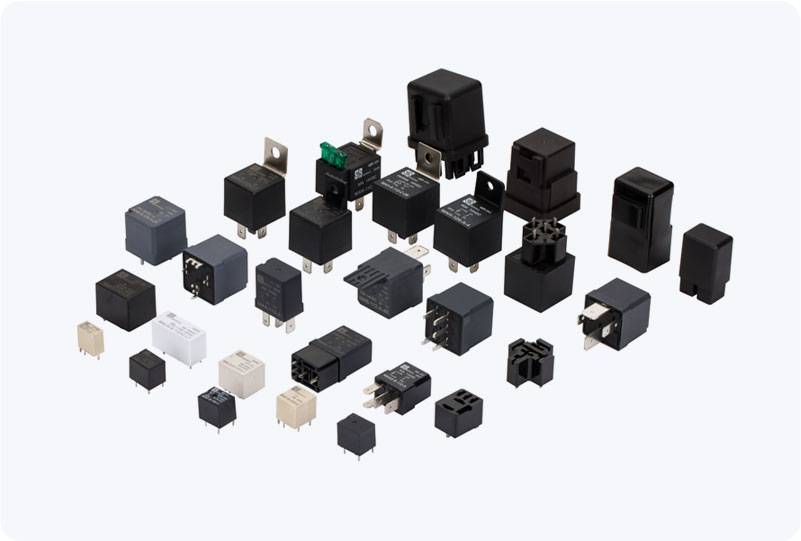Overload protection relays are critical components in modern electrical systems, ensuring the safety and longevity of motors, transformers, and various electrical equipment. These devices act as guardians, preventing equipment from enduring damaging overcurrent conditions, which can result in overheating, potential failures, or even fires. In this article, we explore the importance of overload protection relays, their working principle, types, applications, and the key factors to consider when selecting one for your electrical system.

What is an Overload Protection Relay? An overload protection relay is a protective device designed to monitor the current flow in an electrical circuit. When the current exceeds the preset limit, indicating an overload condition, the relay acts by interrupting the circuit, thereby protecting the equipment from damage. This type of relay is especially crucial for devices like electric motors, which are vulnerable to overheating when subjected to prolonged excessive current. Overload protection relays are often used in industrial, commercial, and residential applications to safeguard electrical equipment from overcurrent situations. By offering early detection and cutting off the current when necessary, these relays prevent costly repairs and reduce the risk of fire hazards.